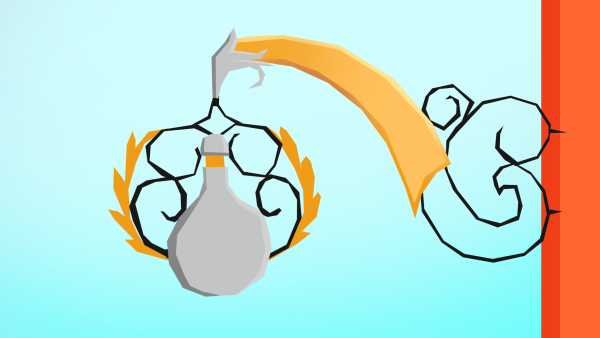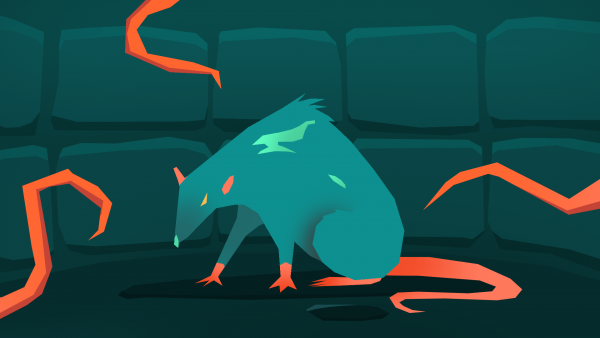While humans are a perfectly good species for worldbuilding, you should consider adding a few more intelligent races. Let’s look at some tips for worldbuilding species.
In this article, I will be using the word “race” interchangeably with “intelligent species”. This is a precedent set by many intellectual properties, mainly games and video games, such as DnD and Mass Effect.
I will also focus mainly on the species and their physical and mental attributes, not their cultures. I’ve already written an article on Creating Cultures, so check that one out after you’ve created your new fantasy/sci-fi race. That said, I will be mentioning how specific attributes of a species might affect their cultures down the line. When creating the cultures themselves, keep these attributes in mind.
With that said, let’s dive into the worldbuilding of intelligent species.
Physical attributes and appearance
When considering what the race looks like, think about their origins. If they were created by some sort of deity, think about the reasons for their creation and the environment they were placed into. If they evolved from animals, consider their evolutionary line.
Ask yourself questions like how many limbs they have, what’s their average height and weight, and if they have any unusual appendages, such as a tail, wings, claws, etc. Their physical attributes will shape and limit what their cultures can achieve – for example, a species with a prehensile tail will have an easier time building their settlements in large forests.
Biology
Next, consider the species’ biological restrictions. A species that is strictly a herbivore might, in the earlier stages of their cultures, develop agriculture earlier than humans because of their need to rely on plants instead of hunting animals. In general, carnivores tend to be physically stronger than herbivores. They also often have eyes facing forward on their heads, while herbivores have them on the sides – this helps predators focus on their prey, while herbivores can keep a larger awareness of their surroundings.
Another biological aspect to consider is reproduction. If the race reproduces sexually, consider how long their pregnancy lasts and how they give birth (live child or egg-laying). How many children does an average member of the species have? The generational length of a species can affect their cultures as well.
That ties into the race’s life expectancy. A species with a significantly longer life can be expected to have fewer children over a time period. Life length can also play into civilization-building – for example, when a species domesticates animals, it is crucial they pick an animal with a shorter generational time span than they have. That way, a single member of the intelligent species can make progress in breeding and domesticating the animal. A race with a longer life expectancy could domesticate animals that other species can’t.
Finally, a species could have several distinct stages of life, such as frogs (egg, tadpole, adult frog). Implementing such a larval system for a sentient species can bring variety to your worldbuilding. The various stages of life are often adapted to different environments.
Magic and other special powers
If your world features some kind of magic system (guide on building those here), consider if and how it could play into the evolution of the species, their physical attributes, and their biology. Here you can get fairly innovative – maybe every member of the species has telepathic powers, communicating through their minds instead of vocally. That might, in turn, lead to no language being developed for the species and thus a harder time communicating with different races in the world.
In my opinion, a great creative example of magic influencing a species’s biology is the show Owl House. In the show, some species, such as Witches, evolved a sac attached to their hearts that helps them cast magic.
Subspecies
If a species develops for long enough under vastly different conditions, it might evolve into several subspecies. These still share a large number of common characteristics but can differ in minor features. In this section, you can play around with concepts such as magic or advanced technology as well – pure biological evolution doesn’t have to be the only reason a subspecies develops. For example, there could be major differences in how the subspecies can handle magic.
Inspiration
When creating your races, there are many places you can draw inspiration from. Of course, you can use humans as a kind of base template and worldbuild humanoid species. You can also draw inspiration from various animals in the real world, trying to expand their evolutionary line into an intelligent species.
Outside of the real world, you can get inspired by various fictional media, such as books, games, or movies. Some interesting properties to check out would be, in my opinion, the aforementioned Dungeons and Dragons, Mass Effect, but also World of Warcraft, and Warhammer.
Finally, folklore and mythology can be great places to draw from. Look at the myths and legends from various real-world cultures and see if any of them give you some ideas for your original intelligent species.
Overall, creating original races can be a great stepping stone to developing unique cultures for your world. Make sure to always consider the environment the species is adapting to and don’t forget to get creative!
If you have any questions, comments, or if you’d just like to chat about worldbuilding, feel free to reach out to me at tadeas@eledris.com.


